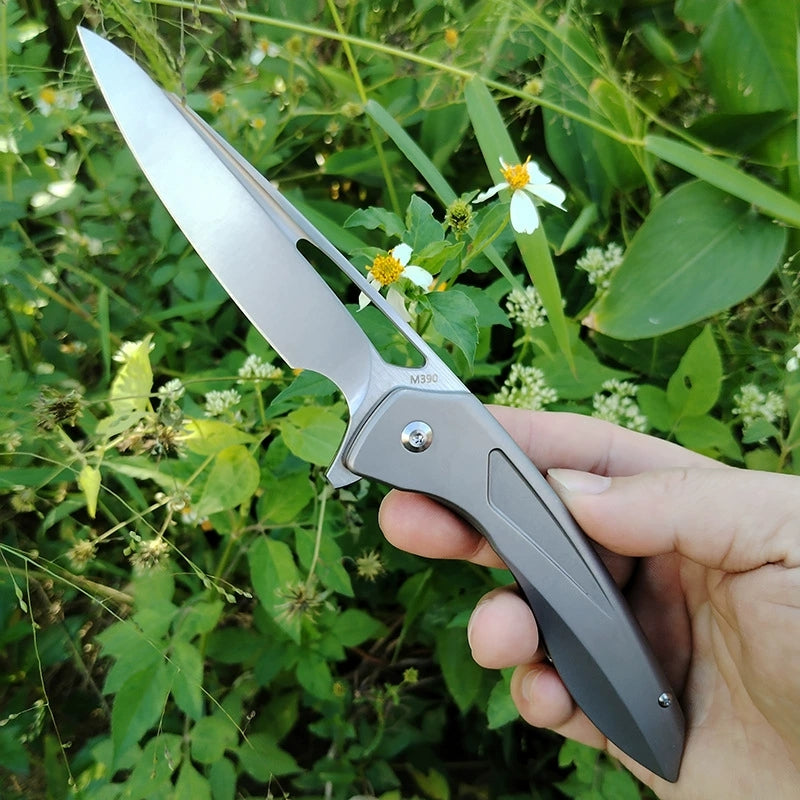Now that you’ve found the knife that best fits you, what’s next? As time goes by, you start to have a harder time yielding perfect slices, which could be frustrating. What’s more, a dull knife can be seriously dangerous.
That being said, an important part of owning any knife is its maintenance, in other words, keeping your knife sharp. Here’re some of these tips and tricks which are helpful to enhance the durability of your knives.
HONING STEEL RODS
These long, metal rods exist to correct the edge of the blade on the knife before and post usage. It is the perfect gadget for aligning and repositioning your knife. It is commonly used to correct a chef knife. All you have to do is the following:
1. Stand the honing rod up on a counter or table, perpendicular to it, and position the knife edge at a 15 degree angle to the rod.
2. Sweep the blade along the steel, switching sides, until it realigns the edge.
 WHETSTONES
WHETSTONES
Some get intimidated by the idea of sharpening knives with whetstones. But If you’re all about that precision, you know that you’ll need it from time to time. Now let’s walk through the process.
preparation
Before you start, soak your stones in water for about 5 to 10-minutes.
Next will be finding the right angle. As a general guide, Japanese kitchen knives are typically sharpened to 17-degrees. Once you’ve successfully found the right angle, maintain it throughout the sharpening process. Otherwise the edge will be ruined, and you will have to start the sharpening process all over again.
Sharpening
To start sharpening, draw the knife towards you once you have found the angle, with the edge facing away from you. Pull the knife across the stone. When you draw it back, ensure that the entire length of the blade is pulled across the stone in a single stroke. As you draw the knife across the stone, apply a little pressure.
At the end of each drawing stroke of the blade across the stone, examine the edge to see how you are doing.
Examine
After every 4 or 5 strokes across the stone, try to feel for the burr on the edge. When the knife is beginning to sharpen, it’s edge will curl over slightly . Scratch your fingernail down the sharp edge opposite to the side you have been sharpening. If it feels like it hooks on the edge, this means the burr has developed.
Once the burr is evident across the entire length of the knife’s edge, it’s time to repeat the process on the opposite side!
A little more
For your first time, start with an old knife so you wont worry about messing up! Remember to focus on the angles and check for the burr when sharpening. Take your time, and don’t rush the process.
MANUAL/ ELECTRIC SHARPENERS
A manual knife sharpener is a more affordable way to maintain your kitchen knives while an electric knife sharpener is much more powerful and precise, as the abrasives of electric knife sharpener are on motorized wheels that spin against the blade. The process is also easier:
1. Pull the knife through the course slot of the sharpener, from the heel to the tip, using even pressure, three to six times (pull through more times for more dull or damaged knives). For electric knife sharpeners, just let the motorized abrasives do the work!
2.Finish with one or two pulls through the fine grit side.
STORE 'EM RIGHT
Once you've gone through the trouble to sharpen and hone your treasured knives, make sure you store them right so that they stay pristine for longer!






